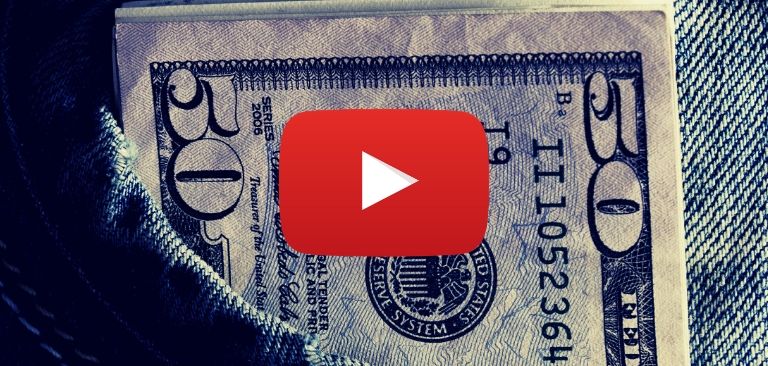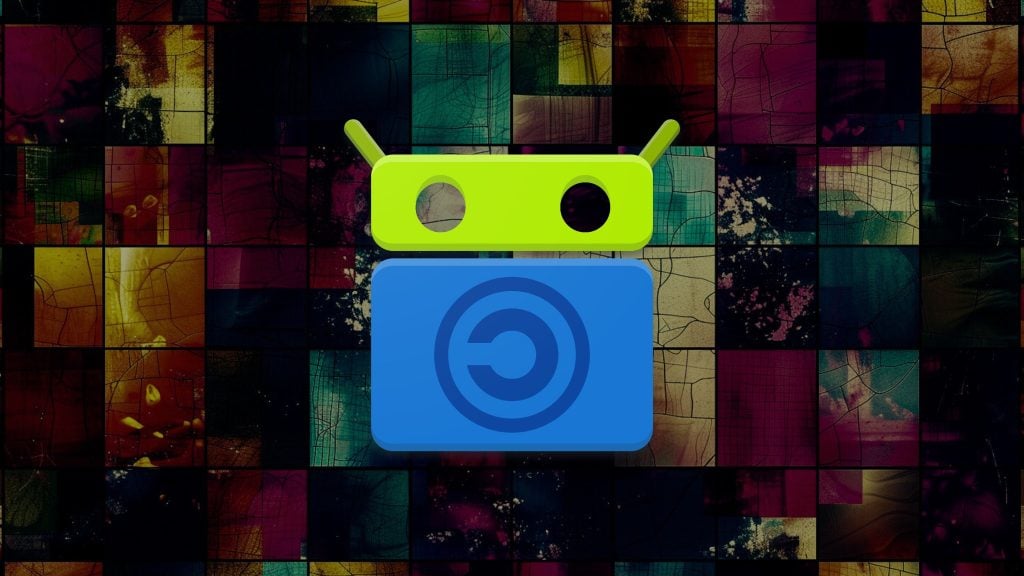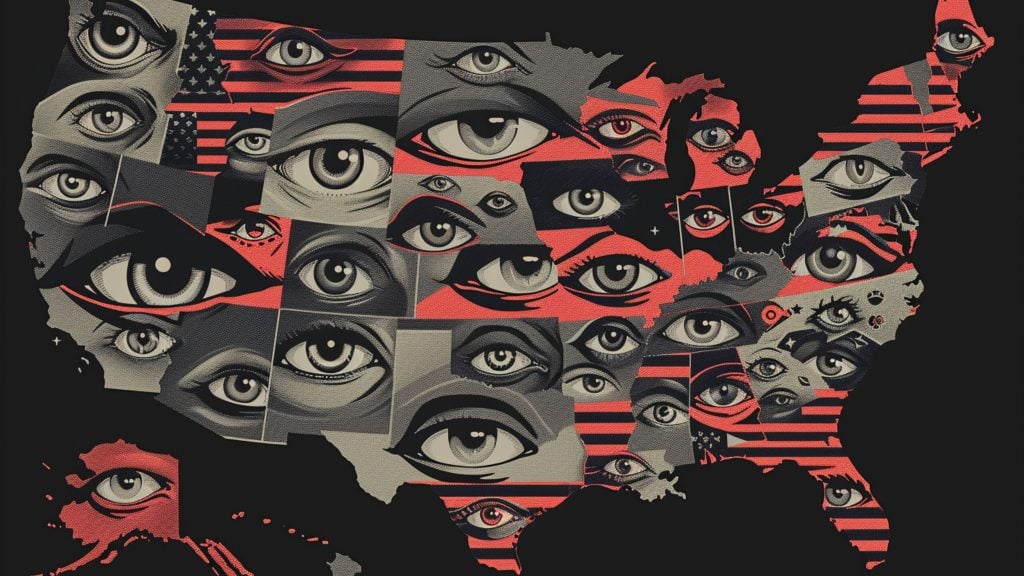YouTube is most often described as a video platform, but in reality, it, and its owner Google, are in the advertising business. With its latest moves, the behemoth is signaling an even stronger commitment to ad buyers.
Ever since 2014, Google Preferred has been that program used by YouTube to let advertisers pay to have their ads on the platform’s most popular 5 percent of content.
The program’s goal was to give big marketing spenders access to what was seen as not only extremely popular but also “advertiser-friendly” and “high quality” content.
Google Preferred has been a success – i.e. it has been profitable to YouTube/Google, even if advertisers have not always been happy with how brand safety was protected when it comes to ads shown on videos considered as controversial.
In a bid to address this – and take an even greater share of the market, the giant is now replacing Google Preferred with a new program, YouTube Select.
Another goal is to further grow that segment of the audience that watches YouTube content streamed on their TVs, which has now reached 100 million people in the US each month.
YouTube Select is meant to address advertisers’ concerns when it comes to paying for ads to run on TV screens, Google executive Tara Walpert Levy is quoted as saying, letting advertisers know that their ad buys will be “brand-safe.”
The TV market, meanwhile, is said to now be worth $70 billion, and YouTube Select will try to give advertisers more of a [brand] safe space – by letting them place their ads next to content that is considered reliable and predictable. Exactly how Google defines this content is unclear and you can bet it’s bad news for content creators who don’t remain within YouTube’s quickly-narrowing window of what’s acceptable to create content about.
But Google is promising advertisers that they will additionally have “advanced brand suitability controls,” and the option to choose to only have their ads on videos that have been “machine classified and human-verified.”
Another promise to advertisers is that in addition to existing Google Preferred categories (now called lineups) such as entertainment, fashion, technology, sports, etc., US audiences will now have access to something called emerging lineups – and advertisers a chance to target them.
These emerging lineups will allow ad campaigns easy and efficient reach, Google said in the blog post, specifically among “up and coming or niche channels” – but this time, with what’s described as “the added benefit of brand suitability controls.” We all know what that means.













